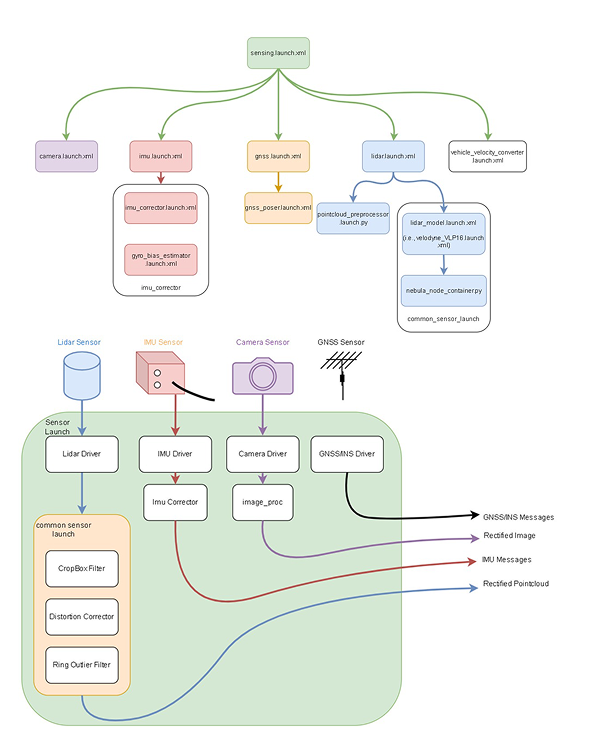Challenge
Engineering teams were drowning in data from large-scale simulation and physical testing:
Manual Analysis Bottlenecks:
- Engineers manually analyzing massive datasets in Excel
- Time-consuming, repetitive tasks consuming valuable engineering hours
- High risk of human error in data interpretation
Pattern Recognition Limitations:
- Inability to detect non-obvious patterns in high-dimensional sensor data
- Missed anomalies and edge cases in complex datasets
- Difficulty identifying trends across thousands of test runs
Accessibility Issues:
- Non-technical teams unable to interpret complex engineering data
- Dependence on data specialists for routine analysis
- Lack of intuitive visualization tools
The client needed an intelligent system to automatically analyze engineering data, detect anomalies, identify trends, and make insights accessible to all stakeholders.
Solution
Helpforce engineers designed and deployed an AI-powered data analysis platform:
Deep Learning Pipeline:
- Applied statistical filtering to isolate edge cases and anomalies
- Implemented pattern recognition algorithms for trend identification
- Developed predictive models for performance validation
Workflow Automation:
- Automated repetitive Excel-based analysis tasks
- Created batch processing capabilities for large datasets
- Implemented scheduled analysis and reporting
User-Friendly Application:
- Built desktop GUI for dynamic data analysis and visualization
- Designed intuitive interfaces for non-technical users
- Converted application to standalone executable for easy deployment
Advanced Visualization:
- Created interactive dashboards for real-time data exploration
- Implemented multi-dimensional visualization tools
- Designed custom charts for engineering-specific metrics
Collaboration Infrastructure:
- Implemented full version control via GitHub
- Enabled team collaboration on analysis scripts
- Created modular architecture for easy feature additions
Enterprise Deployment:
- Packaged as standalone executable requiring no technical setup
- Deployed across multiple engineering departments
- Provided training and documentation for widespread adoption
Results
Efficiency Transformation:
- 🚀 90% reduction in repetitive analysis tasks
- ⏱️ Hours of manual work reduced to minutes of automated processing
- 📈 Freed engineering resources for higher-value activities
Technical Capabilities:
- 🔍 Improved anomaly detection through deep learning algorithms
- 📊 Identified previously hidden patterns in complex datasets
- 🎯 Increased confidence in validation results
Organizational Impact:
- 👥 Enabled non-technical teams to perform advanced analysis independently
- ✅ Widespread adoption across engineering departments
- 🔄 Faster iteration cycles in development and testing
Business Value:
- Accelerated time-to-market through faster validation cycles
- Reduced costs associated with manual data analysis
- Improved product quality through better insight into test data
Technologies Used
Python | Deep Learning | Statistical Analysis | GUI Development | Data Visualization | GitHub | Excel Automation | Pattern Recognition
Key Takeaway
Intelligent automation and AI-powered analysis transform how engineering teams handle complex data—enabling faster decisions, better insights, and democratized access to advanced analytics across organizations.

